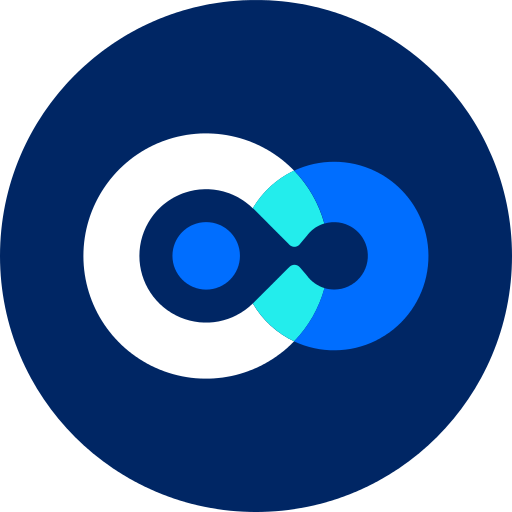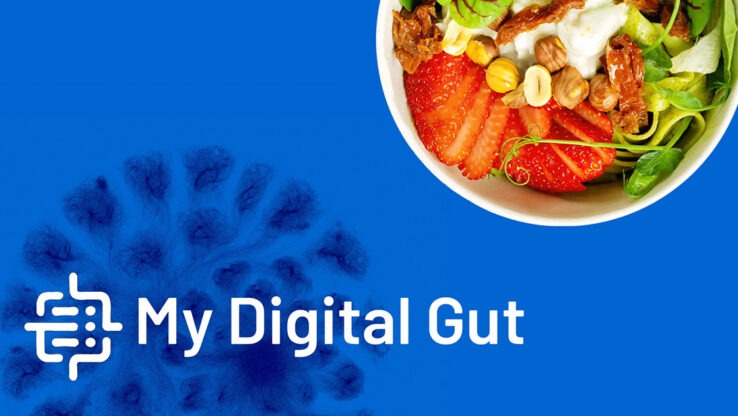The Digital Doctor
 isbscience.org/news/2012/10/22/the-digital-doctor/
isbscience.org/news/2012/10/22/the-digital-doctor/What You Saw in the News:
The Oct. 9 issue of The New York Times featured a Science Times special section focused on “The Digital Doctor.” The stories ranged from how smartphone apps and electronic medical records are redefining how doctors practice medicine to how dentists can now create a custom crown for patients in less than an hour. Doctors also are engaging in “telemedicine” to reach people in remote areas or using text messages and social media to connect with (inscrutable) teen patients.

Of particular note was the story by reporter John Markoff about researchers who are pioneering faster imaging technologies to spot diseased tissues or cells in the body. Dr. Christopher Contag, a microbiologist at Stanford University, is developing “point-of-care pathology.” He is “pursuing a new generation of molecular biomarkers that can be injected and then attach to lesions, giving doctors a direct answer about disease on a cell-by-cell basis.” (And there’s that word “molecular” again.) On the other coast, at Columbia University Medical Center, Dr. Matthew Putman is designing computerized analysis tools (software) that can accomplish in 15 minutes what might take a pathology technician a day to complete.
It’s a new world, indeed. To read the Oct. 9 Science Times “The Digital Doctor” special section, visit this link.
ISB’s Connection:
ISB’s president and co-founder, Dr. Lee Hood, often delivers this prediction in his speeches and papers:
“In 10 years, each patient will have a virtual cloud of billions of data points and we will have the computational tools to reduce this enormous data dimensionality to single hypotheses about optimizing wellness and dealing with the potential of disease for each individual patient. These data will be of many different types: genetic, molecular, cellular, organ, and the social networks of individual patients.”
The Science Times special section “The Digital Doctor” helps to put some aspects of this prediction into perspective. You can begin to understand this “virtual cloud of billions of data points” as the details in your electronic medical record, which will include your genome sequence one day. And, as the story on the ups and downs of electronic medical records conveyed, there are still many hurdles to overcome in implementing systems in hospitals. We also need to understand the ramifications of having electronic records, as well as adapt to the digitized doctor-patient relationship. The John Markoff piece on new imaging technologies gives you a sense of what Hood means when he talks about having the appropriate “computational tools to reduce this enormous data dimensionality.”
To offer a broader context for the “The Digital Doctor” stories, think of ISB’s science as the computer operating system that connects the hardware and allows the apps to run. The impact of our research travels through the molecular discoveries we share to other researchers or companies that invent new technologies and medicines that your digital doctor subsequently uses to diagnose or treat you. You can’t see what we do, but your wellness depends on it.





